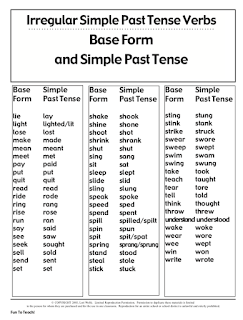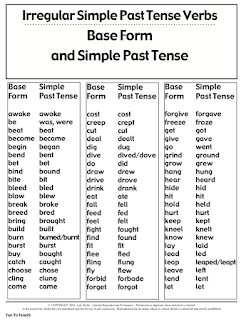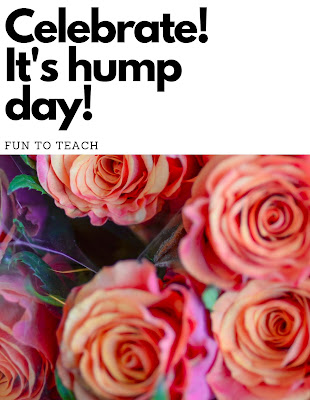Last month, in “10 Scaffolds to Support EL Learning Part 1,” I listed five types of scaffolds that strengthen a English learners’ (ELs’) ability to comprehend the content that is being taught in the classroom. As I explained in Part 1, a scaffold is a temporary framework that is put in place to provide ELs with a supportive learning environment and help them take ownership of their learning. We learned about
- using visuals, realia, and multimedia;
- connecting new information to prior experiences and learning;
- using miming, gestures, and modeling;
- preteaching academic vocabulary and key concepts; and
- supporting EL writing using sentence frames.
This month, I’d like to talk about five additional scaffolds:
6. Graphic Organizers
An important scaffold for teaching and organizing content-area material for ELs is the use of graphic organizers. Graphic organizers, such as t-charts, concept maps, Venn diagrams, and sequence charts, can help ELs develop higher level thinking skills and promote creativity. They help ELs compare and contrast ideas, organize problems and solutions, and sequence information.
I like Kidspiration with young ELs and Inspiration with older students. Graphic organizers can also be made for free using the Teach-nolgy website.
7. Use English Learners’ First Language
In a previous blog entitled “Should ELs Be Allowed to Speak Their L1 in Schools?”, I talked about research that demonstrates that programs for ELs incorporating their first language to learn English outperform those in English-only programs (Thomas & Collier, 2012). If teachers do not speak the language of the ELs in their classroom, they need to find resources in their students’ first language. For example, Newsela has articles written in different levels of English and in Spanish. Teachers should allow ELs to communicate in their L1 with others who speak the same language, and teachers should make every effort to, at a minimum, use a student’s L1 to
- explain difficult grammar concepts,
- translate difficult vocabulary, and
- explain classroom rules.
8. Think Aloud to Model Thought Processes
Think-alouds allow teachers to demonstrate what good students do to understand text and solve problems. It helps students learn how to focus on their thinking process, visualize what they are reading, make predictions about what will happen next, access their background knowledge, and make their thinking visible. Think-alouds can be used across the curriculum. For example, in mathematics a teacher can demonstrate what steps he or she would take to solve a word problem. Information about teaching think-alouds and samples of the process can be found on Reading Rockets.
9. Use Sentence Stems or Frames for Academic Conversations
What are academic conversations? According to Zwiers and Crawford (2011) in Academic Conversations, these are sustained discourses in the classroom on content area topics. Students need to learn how to state an opinion, clarify an idea, support their ideas with examples, and paraphrase a classmates’ idea. All of this can be quite difficult for ELs.
In order to participate in the academic conversations of the classroom, ELs need the support of sentence stems or frames. Sentence frames provide a model and can be differentiated for students at various levels of English language learning. Examples of sentence stems or frames can be found in this video from Teacher Toolkit.
10. Small Group or Partner Work
Learning is social. We need to give ELs plenty of time to socialize in class and to learn from their classmates. Teachers need to be using think-pair-share, turn-and-talk, or small group work every day. This works especially well when ELs are communicating with native English speakers or more advanced speakers of their first language.
According to Fisher & Frey (2008) in their book Content Conversations, U.S. students spend 91% of their days in whole group and independent work. Very little time is given to partner or small group work, which are ideal ways for ELs to learn. We must give ELs plenty of time to interact with others and to practice communicating with classmates. In my experience, ELs are much more likely to do this in small groups or with partners.
These scaffolds, both those presented here and in Part 1 of this two-part series, offer ELs a supportive learning environment and help them take ownership of their own learning. Remember that scaffolds should be removed when students are able to work independently without them.
What scaffolds have you found most useful and effective in your teaching? Share in the comments section, below.
References
Fisher, D., Frey, N., & Rothenberg, C. (2008). Content-area conversations: How to plan discussion-based lessons for diverse language learners. Alexandria, VA: ASCD.
Thomas, W. P., & Collier, V. P. (2012). Astounding effectiveness—The North Carolina story. In Dual language education for a transformed world (pp. 43–64). Albuquerque, NM: Fuente Press. Retrieved from https://1.cdn.edl.io/O3eDkGbvBSsdm00ojspfjbed9x6SH2AEyW4wFMF7rcT2n4GM.pdf
Zwiers, J., & Crawford, M. (2011). Academic conversations: Classroom talk that fosters critical thinking and content understandings. Portland, ME: Stenhouse Publishers.




 Figure 1. Screenshot from Breaking News English.
Figure 1. Screenshot from Breaking News English.














